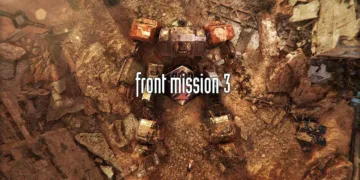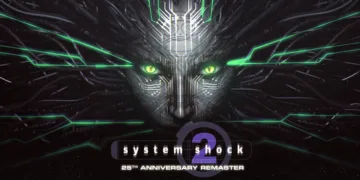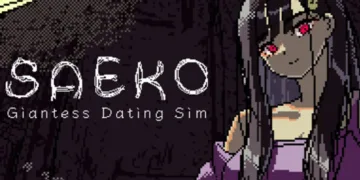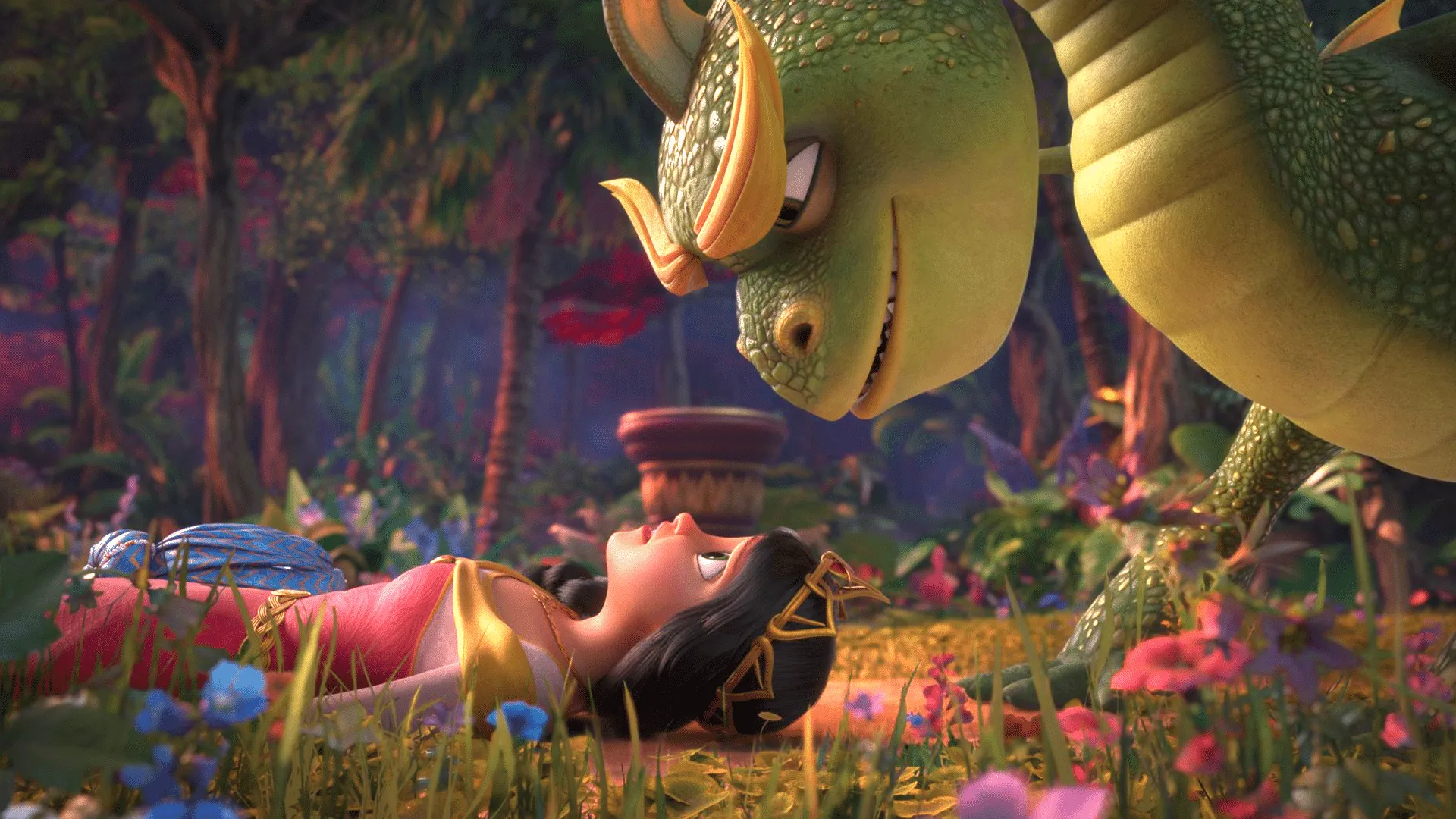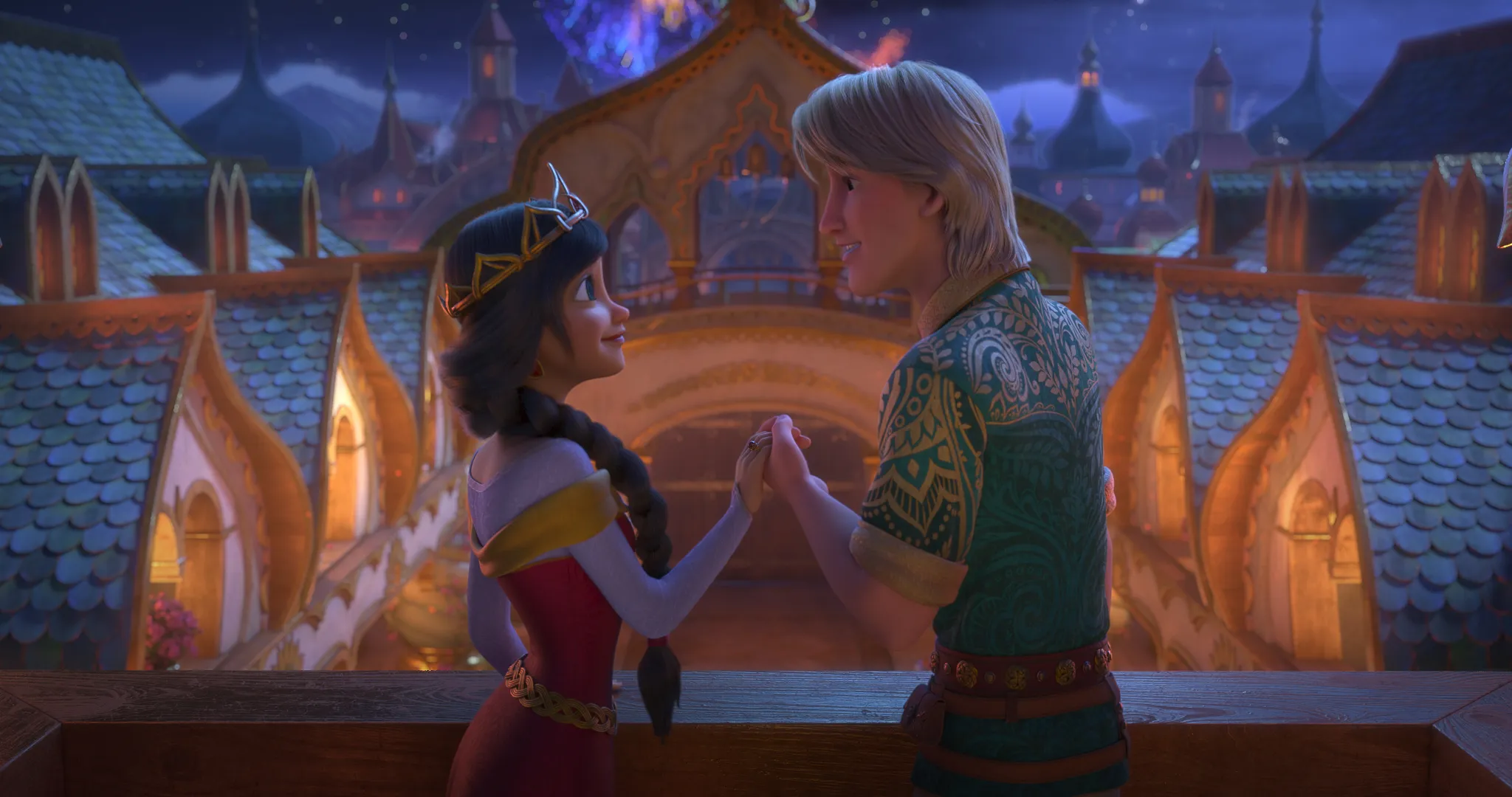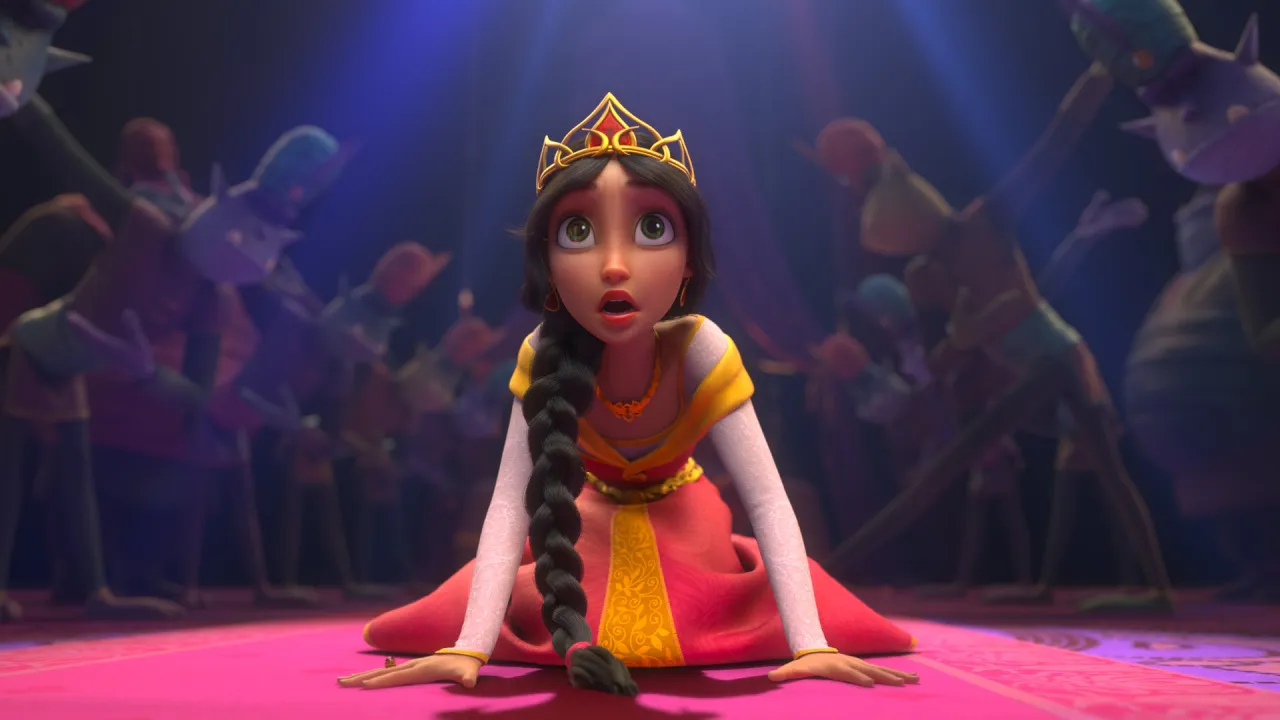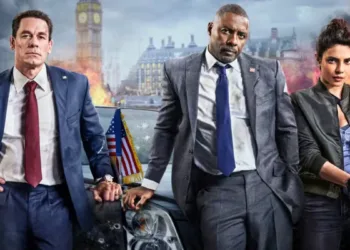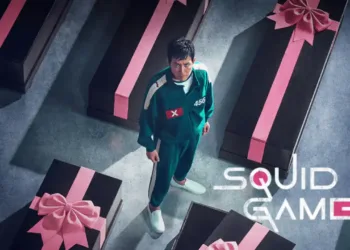Princess Mina, a character created to represent the complexities of contemporary femininity while remaining tethered to traditional archetypes, is at the center of Rebellious. Her rebellious nature isn’t just a front; it resonates with the hopes of a generation that wants agency.
Mina is seen as a progressive figure because she rejected her father’s marriage plans and wanted to rule independently. The film, however, paradoxically chains her to conventions because she ultimately needs rescue, which undermines the very independence the narrative seeks to promote.
On the other hand, Ronan comes out as an unexpected hero without the armored confidence that most fairy tale heroes have. Instead, he has a cerebral charm and relies on his intelligence and creativity to survive tough conditions. How he interacts with Mina is refreshing; they are on a quest that shows off how their skills complement each other. However, Ronan’s character risks being overshadowed by the conventions he seeks to break, as he frequently comes across as just a go-between in Mina’s story rather than an equal player.
The supporting cast, especially the three rival princes, reinforces familiar stereotypes that don’t feel new. Strength, vanity, and gluttony are the three main traits that each prince represents, but they lack the depth to transcend their roles as mere obstacles.
A talking bear adds a whimsical touch and serves as both a funny relief and a reminder of the fairy tale origins of the film. But most of its depth potential hasn’t been used yet, so it’s more of a strange sidekick than a fully developed character. The struggle of the film to balance its modern goals with the constraints of its genre is ultimately highlighted by this ensemble, which is colorful.
A Familiar Tale: Plotting the Course of Rebellious
Rebellious starts off on a good note by presenting Princess Mina, a strong-willed young woman who is stuck in her father’s traditional expectations. As a king with strong male-centered beliefs, her father sees Mina’s future as more about making political deals than being happy with her life.
The threat of an evil sorcerer and his dragon—creatures that represent the constraints Mina seeks to escape—sets the stage for a narrative rife with conflict. Mina is pushed into a world where her rebellious spirit is tried and used, and the kidnapping plot is a familiar but powerful way to start the story.
As the story continues, the main conflict centers on Mina’s sudden disappearance on the day before her wedding to Ronan, a character who doesn’t fit the normal fairy tale hero mold. A group of rival princes, each representing a different archetype, must be rallied by Ronan to rescue her in a dramatic narrative turn.
This quest isn’t just a journey; it’s also a commentary on what it means to be heroic and how those traits are often very surface-level. The rivals, who are over-the-top in their brute strength, vanity, and gluttony, are meant to be opposites to Ronan’s intelligence, but the film doesn’t give them much depth to elevate them above caricature.
The climax, a whirlwind of action and reveal, happens in an exciting and predictable way. It doesn’t feel like a triumph of love when Ronan has to cross dangerous landscapes to save Mina. Instead, it feels more like conforming to standard storylines when they finally meet again.
The conclusion nicely ties up the narrative threads but leaves one wondering what it means for Mina and Ronan. Has she regained her agency, or has she just switched from one set of constraints to another? The film teases with the promise of rebellion but ultimately retreats into the safe embrace of tradition, leaving the audience to consider the balance between tradition and empowerment.
Empowerment and Rebellion: The Dual Narratives of Rebellious
Crown Princess Mina is at the center of Rebellious. Her journey is supposed to be one of empowerment and self-discovery. She rebels against the patriarchal systems that her father, the king, represents out of a desire for agency. The narrative seeks to examine female empowerment through the lens of Mina’s desires to rule and love on her own terms.
As Mina gets caught up in the conventions she seeks to transcend, the film’s execution frequently undermines this ambition. Even though she is brave and determined, the fact that she ultimately needs rescue, even from a character as strange as Ronan, makes me wonder if her quest for empowerment is real.
The film plays with gender roles by making Mina a strong character who goes against tradition but ultimately follows it. This paradoxical portrayal highlights the struggle many contemporary narratives face when trying to balance progressive ideals with established tropes. Although Mina is a vibrant character, she is still tethered to the idea that she needs a prince to prove her worth—a narrative thread that feels both dated and familiar.
The larger theme of rebellion against tradition is also highlighted by the tension between Mina’s wishes and her father’s expectations. The age-old conflict of love versus duty, which resonates throughout fairy tales, is highlighted by the king’s demand for a marriage that will be advantageous politically.
Although Mina’s struggle with these constraints is universal, the answer feels more like a negotiated compromise than a triumph of individual will. The audience is left in a contemplative state by this duality, wondering if real freedom comes from making choices or accepting the parts you are born into.
The Visual Palette of Rebellious: Crafting a Contemporary Fairy Tale
The animation in Rebellious is bold, but it’s tough to distinguish between cute and awkward. The character designs have a vibrant, cartoonish aesthetic reminiscent of traditional fairy tale quests. Still, they sometimes cross into the uncanny valley, where stylization causes more questions than it answers.
With her over-the-top features and shiny animation, Mina is a modern princess stereotype, but her design sometimes feels out of sync with the narrative’s goal to show empowerment. This contrast brings out the struggle between how the characters look and how real they are, similar to the problems many modern animated movies face when they try to balance tradition and innovation.
The color scheme, which veers between bright, appealing hues during moments of levity and darker, more subdued tones that represent the perilous undertones of Mina’s journey, further enhances the visual style. The smart use of color in this piece makes important scenes more emotional and shows Mina’s inner struggle within herself. Rich and detailed backgrounds take the audience into a world that feels both fantastical and familiar. However, sometimes, the backgrounds get in the way of character interactions, taking away from the more complex narrative.
Rebellious’ artistic choices are both a strength and a weakness. The images entice the viewer with a sense of whimsy while endangering the viewer’s ability to fully immerse in the story. It’s possible to feel a sense of adventure and urgency from the animation, but using tired tropes like the magical forest or the scary castle can feel familiar. Ultimately, the film’s beautiful images make you think more deeply about how animation can add to and take away from storytelling, leaving you to think about the delicate balance between visual appeal and narrative depth.
The Rhythm of Rebellious: Balancing Humor and Engagement
Rebellious tries to be entertaining with a blend of humor that is sometimes funny and often just plain predictable. The film is mostly aimed at younger viewers and uses a lot of slapstick jokes and one-liners. The darker parts of the narrative are broken up by brief bursts of levity, like Ronan’s awkward interactions with the rival princes and Bjorn the talking bear.
However, the effectiveness of this humor can feel uneven. At the same time, some jokes hit with delightful precision, while others linger without making the intended laugh, leaving a patchy comedic landscape that may make older viewers long for more sophisticated wit.
Engagement levels fluctuate as the film appeals to a wide audience, from kids drawn in by the colorful visuals to adults wanting deeper narrative satisfaction. Although the tone changes can be abrupt, the combination of humor and moving moments makes for an enjoyable experience. Younger audiences are drawn in by the film’s brisk and frenetic pace as it rushes through action scenes and comedic beats. But this fast-paced style sometimes sacrifices character growth and emotional resonance, leaving little time for thought amid all the chaos.
Moments of drama, especially those involving Mina’s capture and Ronan’s quest for rescue, elicit real excitement, luring viewers into the action as it develops. But after these intense peaks, there are often lulls where the narrative veers off course and loses steam. In the end, Rebellious is a show that entertains, but its pacing and humor also serve as a commentary on the difficulties of crafting a seamless animated experience that resonates with audiences of all ages.
Harmonizing Narrative and Melody in Rebellious
Rebellious has several musical numbers that, while colorful and catchy, frequently lack the depth and memorability that define the best animated musicals of the past.
Instead of enhancing the film’s emotional landscape, the songs mainly serve as narrative markers, highlighting significant moments in Mina’s journey. None of them hit home deeply enough to linger past the credits, even though they alternate between upbeat songs about independence and softer ballads about vulnerability.
These musical breaks make sense in terms of the story; they’re meant to bring out Mina’s hopes and problems. The lyrics, however, frequently cover familiar ground, repeating themes of empowerment and romance without providing novel insights. This repetition lessens the overall effect, leaving the audience with a sense of déjà vu rather than a life-changing musical experience. The songs in Rebellious ultimately feel like ornaments rather than important parts of the narrative despite the genre being ripe with innovation potential.
Reflections on Rebellious: A Fairy Tale Revisited
Rebellious blends familiarity and ambition, moving through the animated fairy tale genre and showcasing its advantages and disadvantages. On the one hand, Princess Mina, whose quest for agency and modern ideals resonate with today’s audience, is a vibrant protagonist.
The film’s vibrant designs capture the whimsy of a fantastical world despite its uneven visual style. The narrative, however, frequently succumbs to tired tropes, watering down its female goals and leaving character development in the background.
While the humor and pace make for some interesting moments, they often fail to create a unified experience that makes you want to think more deeply. Despite being lively, the musical components lack the emotional weight to elevate the story. Rebellious stands out as an intriguing blend of old and new in the larger world of animated fairy tales, and it ultimately serves as a reminder of the genre’s ongoing struggle to be innovative while still honoring its rich tradition.
The Review
Rebellious
Rebellious presents a vibrant yet familiar take on the animated fairy tale, showcasing a brave princess whose journey for agency is both interesting and frustratingly typical. The narrative frequently succumbs to familiar tropes, leaving deeper themes unexplored despite the lively images and the humor providing moments of levity. In the end, it entertains but lacks the originality and emotional depth that would make it stand out in a saturated field.
PROS
- Vibrant animation and character designs.
- Engaging moments of humor.
- Strong themes of empowerment and self-discovery.
CONS
- Predictable plot and familiar tropes.
- Uneven pacing that disrupts narrative flow.
- Limited emotional depth in character development.

































